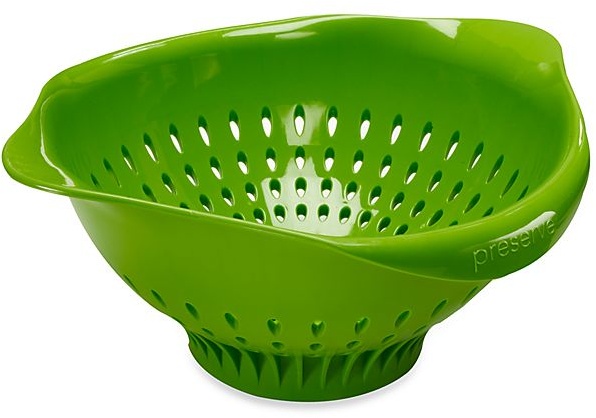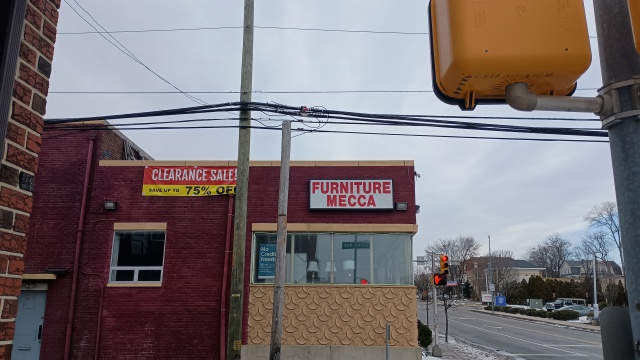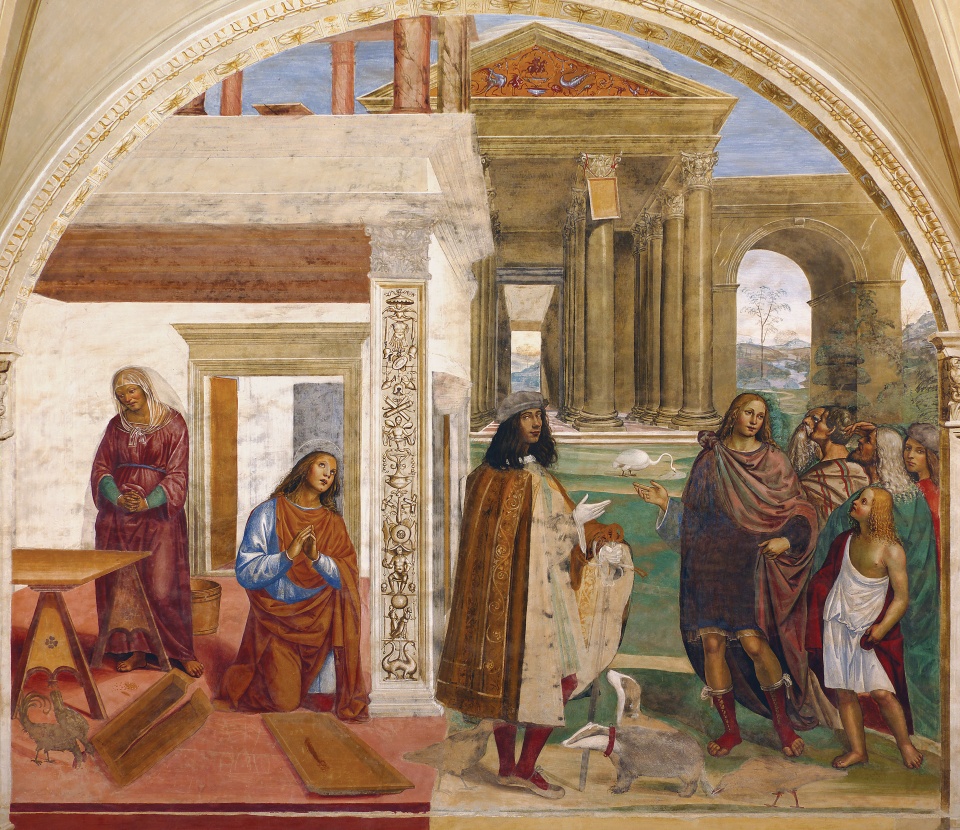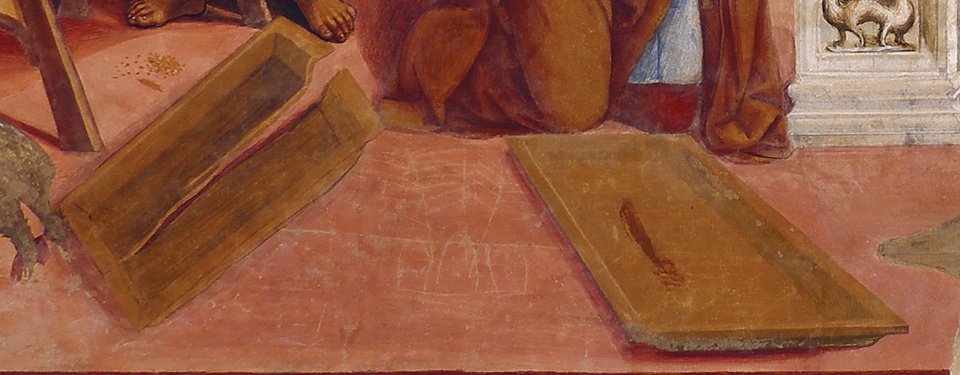Mark Dominus (陶敏修)
mjd@pobox.com

Archive:
| 2025: | JFMAM |
| 2024: | JFMAMJ |
| JASOND | |
| 2023: | JFMAMJ |
| JASOND | |
| 2022: | JFMAMJ |
| JASOND | |
| 2021: | JFMAMJ |
| JASOND | |
| 2020: | JFMAMJ |
| JASOND | |
| 2019: | JFMAMJ |
| JASOND | |
| 2018: | JFMAMJ |
| JASOND | |
| 2017: | JFMAMJ |
| JASOND | |
| 2016: | JFMAMJ |
| JASOND | |
| 2015: | JFMAMJ |
| JASOND | |
| 2014: | JFMAMJ |
| JASOND | |
| 2013: | JFMAMJ |
| JASOND | |
| 2012: | JFMAMJ |
| JASOND | |
| 2011: | JFMAMJ |
| JASOND | |
| 2010: | JFMAMJ |
| JASOND | |
| 2009: | JFMAMJ |
| JASOND | |
| 2008: | JFMAMJ |
| JASOND | |
| 2007: | JFMAMJ |
| JASOND | |
| 2006: | JFMAMJ |
| JASOND | |
| 2005: | OND |
In this section:
| Benjamin Franklin and the Quakers |
| Furniture Mecca |
| Miscellaneous addenda about Catholic priest sex abuse |
| What fraction of Pennsylvania Catholic priests were child molesters? |
| Worst. Miracle. Ever. |
Subtopics:
| Mathematics | 245 |
| Programming | 99 |
| Language | 95 |
| Miscellaneous | 75 |
| Book | 50 |
| Tech | 49 |
| Etymology | 35 |
| Haskell | 33 |
| Oops | 30 |
| Unix | 27 |
| Cosmic Call | 25 |
| Math SE | 25 |
| Law | 22 |
| Physics | 21 |
| Perl | 17 |
| Biology | 15 |
| Brain | 15 |
| Calendar | 15 |
| Food | 15 |
Comments disabled
Wed, 26 Feb 2025
[ Content warning: shitpost ]
It's that time of year again! Furniture Mecca is having their annual sale.
This year the sale will run until Friday the 28th. At closing time on that day any remaining furniture will be hurriedly moved to the owner's other furniture store, Furniture Medina.
[Other articles in category /religion] permanent link
Tue, 05 Oct 2021Some traditional miracles ascribed to saints and other holy people are better than others. Jesus walking on water and quieting the storm are impressive and showy, but essentially unhelpful. Contrasting this kind of show-magic with the miracles of the Buddha, Jorge Luis Borges describes “a miracle of courtesy”:
The Buddha has to cross a desert at noon. The gods, from their thirty-three heavens, each send him down a parasol. The Buddha does not want to slight any of the gods, so he turns himself into thirty-three Buddhas. Each god sees a Buddha protected by the parasol he sent.
(It's Borges, so it's also possible he just made it up.)
My favorites of the Christian miracles are the miracles of the loaves and fishes, which are miracles of generosity and compassion. A multitude of people have come to see Jesus heal the sick:
As evening approached, the disciples came to him and said, “This is a remote place, and it’s already getting late. Send the crowds away, so they can go to the villages and buy themselves some food.”
Jesus replied, “They do not need to go away. You give them something to eat.”
“We have here only five loaves of bread and two fish,” they answered.
“Bring them here to me,” he said. And he directed the people to sit down on the grass. Taking the five loaves and the two fish and looking up to heaven, he gave thanks and broke the loaves. Then he gave them to the disciples, and the disciples gave them to the people. They all ate and were satisfied and the disciples picked up twelve basketfuls of broken pieces that were left over.
Much better than walking on water.
Anyway, that is peripheral to what I wanted to write about. Lately I learned that there is a painting by Il Sodoma (1477–1549, original name Giovanni Antonio Bazzi) titled St Benedict repairs a Broken Colander through Prayer.
A broken what now? Colander? Like, the thing I use to drain my tortellini?

I looked in the Big Dictionary to find out if maybe “colander” might sometimes mean something more impressive than the kitchen utensil, maybe some expensive and specialized piece of church equipment. Nope:
A vessel, usually of metal, closely perforated at the bottom with small holes, and used as a sieve or strainer in cookery.
There doesn't appear to be any such thing in the painting:
St. Benedict is kneeling in prayer, second from left, wearing a halo. The colander, it turns out, is the two rectangular brown things by his knees. As you see, one piece is visibly cracked. I don't know what is the red schmutz on the other piece.
(The long-haired guy in the middle, with the expensive gloves, is Il Sodoma himself. He is known to have kept pet badgers, which also make an appearance here.)
Google searches for "st. benedict" "colander" were no help. They
mostly produced references to this painting again.
I then wondered if maybe “colander” was a mistranslation. The Italian title for this painting is Come Benedetto risalda lo capistero che si era rotto. The Goog translates this as “How Benedict heals the broken master”, which was quite confusing. Google further confused me by glossing risalda as “rises”, which made me wonder if the repair of the broken colander (risalda lo capistero) was somehow a metaphor for the rising of Jesus. The idea seems rather silly, but Renaissance thinking does not always make sense to me, so I did not rule it out immediately. But no, risalda is repair, and capistero is a colander, or more precisely a sieve. The Goog's translation was simply wrong. (Fair enough, Google Translate is not intended to translate early-renaissance Italian.)
Book 2 of the Dialogues of Pope Gregory is about St. Benedict, and chapter 1 is titled “How he made a broken sieve whole and sound”:
It fell so out that his nurse borrowed of the neighbors a sieve to make clean wheat, which being left negligently on the table, by chance it was broken in two pieces, Whereupon she fell pitifully weeping, because she had borrowed it. The devout and religious youth Benedict, seeing his nurse so lamenting, moved with compassion, took away with him both the pieces of the sieve, and with tears fell to his prayers; and after he had done, rising up he found it so whole, that the place could not be seen where before it was broken.
So “colander” isn't quite right, but it's not too far off. The implement is probably made of wood, not metal. But it is indeed a perforated kitchen utensil. The suntanned lady on the left of the painting is the nurse, gazing ruefully at the table.
The colander is a tray for sifting wheat. The upper part (at left, with the big crack in it) has some sort of perforations or screen, which don't show up well in the painting. The lower part (at right) is a tray in which the sifted material is caught.
The right side of the painting depicts a later time after the colander has been repaired. The miraculous sieve has been hung up on a column (top center) for the wonderment of a crowd of admiring visitors.
Saint Anthony could command animals and was such an arresting speaker that even fish came to hear him preach. Some saints invoke the power of God to heal the blind and paralyzed, the drowned, the leprous, and the epileptic. St. Benedict healed a broken colander.
[Other articles in category /religion] permanent link
Mon, 20 Aug 2018
Miscellaneous addenda about Catholic priest sex abuse
I hope and expect this will be my last post on this loathsome subject.
Diocesan vs. religious priests
In the previous article, I said:
let us say that there are currently around 1620 priests total in the other six dioceses. (This seems on the high side, since my hand-count of Pittsburgh priests contains only about 200. I don't know what to make of this.)
Later I added a guess about why:
I wonder if it is because my hand counts, taken from diocesan directory pages, include only diocesan priests, where the total of 2500 also includes the religious priests. I should look into this.
I think this is probably correct. The list of Pittsburgh priests has a section at the bottom headed “Religious Priests Serving in the Diocese”, but it is empty.
Kennedy's Catholic Directory
While attempting to get better estimates for the total number of active priests, I located part of The Official Catholic Directory of P.J. Kennedy & Sons for the year 1980, available on the Internet Archive. It appears that this is only one volume of many, and unfortunately IA does not seem to have the others. Luckily, though, this happens to be the volume that includes information for Philadelphia, Pittsburgh, and Scranton. It reports:
| Philadelphia | Pittsburgh | Scranton | |
|---|---|---|---|
| (p. 695) | (p. 715) | (p. 892) | |
| Priests: diocesian active in diocese | 831 | 547 | 374 |
| Priests: active outside diocese | 33 | 29 | 13 |
| Priests: retired, sick or absent: | 121 | 60 | 52 |
| Diocesan Priests in foreign missions | 2 | 2 | 26 |
| Religious Priests resident in diocese | 553 | 243 | 107 |
| Religious Priests from diocese in foreign missions: | 93 | 78 | 26 |
| Total Priests in Diocese | 1631 | 957 | 572 |
I have no idea how authoritative this is, or what is the precise meaning of “official” in the title. The front matter would probably explain, but it does not appear in the one volume I have. The cover also advises “Important: see explanatory notes, pp. vi–viii”, which I have not seen.
The Directory also includes information for the Ukrainian Catholic Archepathy of Philadelphia, which, being part of a separate (but still Catholic) church is separate from the Philadelphia Roman Catholic dioceses. (It reports 127 total priests.) It's not clear whether to absorb this into my estimate because I'm not sure if it was part of the total number I got from the Pennsylvania Catholic Conference.
But I am not going back to check because I feel there is no point in trying to push on in this way. An authoritative and accurate answer is available from the official census, and my next step, should I care to take one, should be to go to the library and look at it, rather than continuing to pile up inaccurate guesses based on incomplete information.
Sipe's earlier estimate
Jonathan Segal points out that A.W. Richard Sipe, a famous expert on clergy sexual abuse, had estimated in 1990 that about 6% of U.S. priests has sexually abused children. This is close to my own estimate of 6.1% for the six Pennsylvania dioceses. Most of this agreement should be ascribed to luck.
Final remark
In 1992, Sinéad O'Connor became infamous for protesting systematic Catholic sex abuse by tearing up a photograph of John Paul II on live American television. She was almost universally condemned. (The Wikipedia article has a few of the details.)
This week, America: The Jesuit Review, which claims to be “the leading Catholic journal of opinion in the United States”, reported:
Pope Francis issued a letter to Catholics around the world Monday condemning the "crime" of priestly sexual abuse and its cover-up and demanding accountability…
The Vatican issued the three-page letter ahead of Francis' trip this weekend to Ireland, a once staunchly Roman Catholic country where the church's credibility has been damaged by years of revelations that priests raped and molested children with impunity and their superiors covered up for them.
(“Pope Francis issues new letter on sex abuse: ‘We showed no care for the little ones’”.)
A lot of people owe Sinéad O'Connor a humble apology.
[ Update 20230726: Sinéad O'Connor has died, probably without having received an apology from most of those people. ]
[Other articles in category /religion] permanent link
Fri, 17 Aug 2018
What fraction of Pennsylvania Catholic priests were child molesters?
The grand jury report on Catholic clergy sexual abuse has been released and I have been poring over it. The great majority of it is details about the church's handling of the 301 “predator priests” that the grand jury identified.
I have seen several places the suggestion that this is one-third of a total of 900. This is certainly not the case. There may be 900 priests there now, but the report covers all the abuse that the grand jury found in examining official records from the past seventy years or so. Taking a random example, pages 367–368 of the report concern the Reverend J. Pascal Sabas, who abused a 14-year-old boy starting in 1964. Sabas was ordained in 1954 and died in 1996.
I tried to get a good estimate of the total number of priests over the period covered by the report. Information was rather sketchy. The Vatican does do an annual census of priests, the Annuarium Statisticum Ecclesiae, but I could not find it online and hardcopies sell for around €48. Summary information by continent is reported elsewhere [2], but the census unfortunately aggregates North and South America as a single continent. I did not think it reasonable to try to extrapolate from the aggregate to the number of priests in the U.S. alone, much less to Pennsylvania.
Still we might get a very rough estimate as follows. The Pennsylvania Catholic Conference says that there were a total of just about 2500 priests in Pennsylvania in 2017 or 2016. The Philadelphia Archdiocese and the Altoona-Johnstown Diocese are not discussed in the grand jury report, having been the subject of previous investigations. The official websites of these two dioceses contain lists of priests and I counted 792 in the Philadelphia directory and 80 in the Altoona-Johnstown directory, so let us say that there are currently around 1620 priests total in the other six dioceses. (This seems on the high side, since my hand-count of Pittsburgh priests contains only about 200. I don't know what to make of this.)
[ Addendum 20180820: I wonder if it is because my hand counts, taken from diocesan directory pages, include only diocesan priests, where the total of 2500 also includes the religious priests. I should look into this. ]
Suppose that in 1950 there were somewhat more, say 2160. The average age of ordination is around 35 years; say that a typical priestly career lasts around 40 years further. So say that each decade, around one-quarter of the priesthood retires. If around 84% of the retirees are replaced, the replacement brings the total number back up to 96% of its previous level, so that after 70 years about 75% remain. Then the annual populations might be approximately:
$$\begin{array}{rrrrr} \text{year} & \text{total population} & \text{retirements} & \text{new arrivals} & \\ 1950 & 2160 & 540 & 453 \\ 1960 & 2073 & 518 & 434 \\ 1970 & 1989 & 497 & 417 \\ 1980 & 1909 & 477 & 400 \\ 1990 & 1832 & 458 & 384 \\ 2000 & 1758 & 439 & 368 \\ 2010 & 1687 & 421 & 354 \\ \hline \text{(total)} & & 3350 & 2810 \\ \end{array}$$
From the guesses above we might estimate a total number of individual priests serving between 1950 and 2018 as !!2160 + 2810 - 70 = 4900!!. (That's 2160 priests who were active in 1950, plus 2810 new arrivals since then, except minus !!354\cdot20\% \approx 70!! because it's only 2018 and 20% of the new arrivals for 2010–2020 haven't happened yet.)
So the 301 predator priests don't represent one-third of the population, they probably represent “only” around !!\frac{301}{4900} \approx 6.1\%!!.
The church's offical response is availble.
[ Addenda: An earlier version of this article estimated around 900 current priests instead of 1620; I believe that this was substantially too low. Also, that earlier version incorrectly assumed that ordinations equalled new priests, which is certainly untrue, since ordained priests can and do arrive in Pennsylvania from elsewhere. ]
[ Addendum 20180820: Some followup notes. ]
[Other articles in category /religion] permanent link
Thu, 19 Jan 2006
Benjamin Franklin and the Quakers
In one story, the firefighting company was considering contributing money to the drive to buy guns for the defense of Philadelphia against the English. A majority of board members was required, but twenty-two of the thirty board members were Quakers, who would presumably oppose such an outlay. But when the meeting time came, twenty-one of the Quakers were mysteriously absent from the meeting! Franklin and his friends agreed to wait a while to see if any more would arrive, but instead, a waiter came to report to him that eight of the Quakers were awaiting in a nearby tavern, willing to come vote in favor of the guns if necessary, but that they would prefer to remain absent if it wouldn't affect the vote, "as their voting for such a measure might embroil them with their elders and friends."
Franklin follows this story with a long discourse on the subterfuges used by Quakers to pretend that they were not violating their pacifist principles:
And a similar story, about a request to the Pennsylvania Assembly for money to buy gunpowder:My being many years in the Assembly. . . gave me frequent opportunities of seeing the embarrassment given them by their principle against war, whenever application was made to them, by order of the crown, to grant aids for military purposes. . . . The common mode at last was, to grant money under the phrase of its being "for the king's use," and never to inquire how it was applied.
And Franklin repeats an anecdote about William Penn himself:. . . they could not grant money to buy powder, because that was an ingredient of war; but they voted an aid to New England of three thousand pounds, to he put into the hands of the governor, and appropriated it for the purchasing of bread, flour, wheat, or other grain. Some of the council, desirous of giving the House still further embarrassment, advis'd the governor not to accept provision, as not being the thing he had demanded; but he reply'd, "I shall take the money, for I understand very well their meaning; other grain is gunpowder," which he accordingly bought, and they never objected to it.
The honorable and learned Mr. Logan, who had always been of that sect . . . told me the following anecdote of his old master, William Penn, respecting defense. It was war-time, and their ship was chas'd by an armed vessel, suppos'd to be an enemy. Their captain prepar'd for defense; but told William Penn and his company of Quakers, that he did not expect their assistance, and they might retire into the cabin, which they did, except James Logan, who chose to stay upon deck, and was quarter'd to a gun. The suppos'd enemy prov'd a friend, so there was no fighting; but when [Logan] went down to communicate the intelligence, William Penn rebuk'd him severely for staying upon deck, and undertaking to assist in defending the vessel, contrary to the principles of Friends, especially as it had not been required by the captain. This reproof, being before all the company, piqu'd [Mr. Logan], who answer'd, "I being thy servant, why did thee not order me to come down? But thee was willing enough that I should stay and help to fight the ship when thee thought there was danger."
[Other articles in category /religion] permanent link





